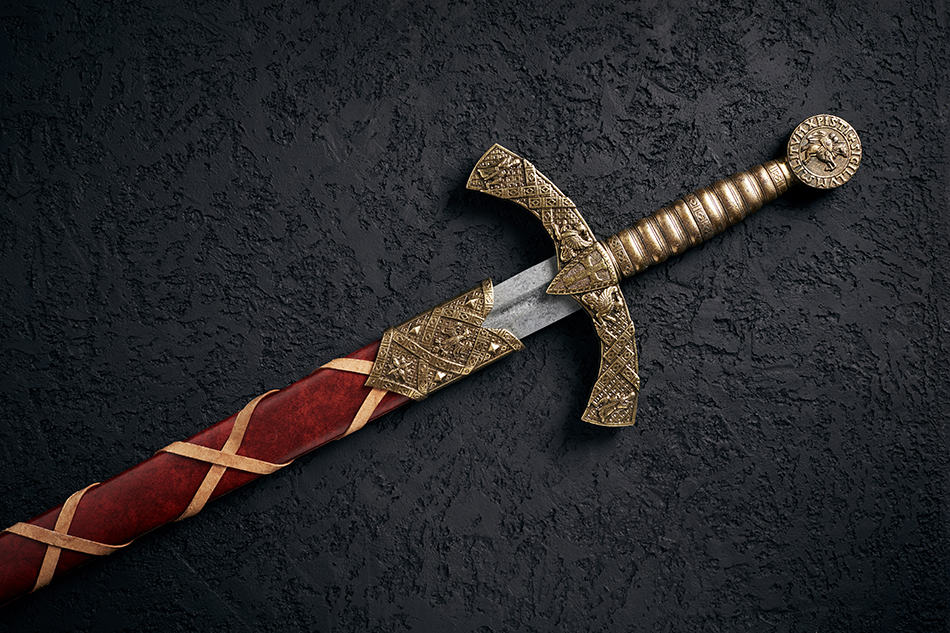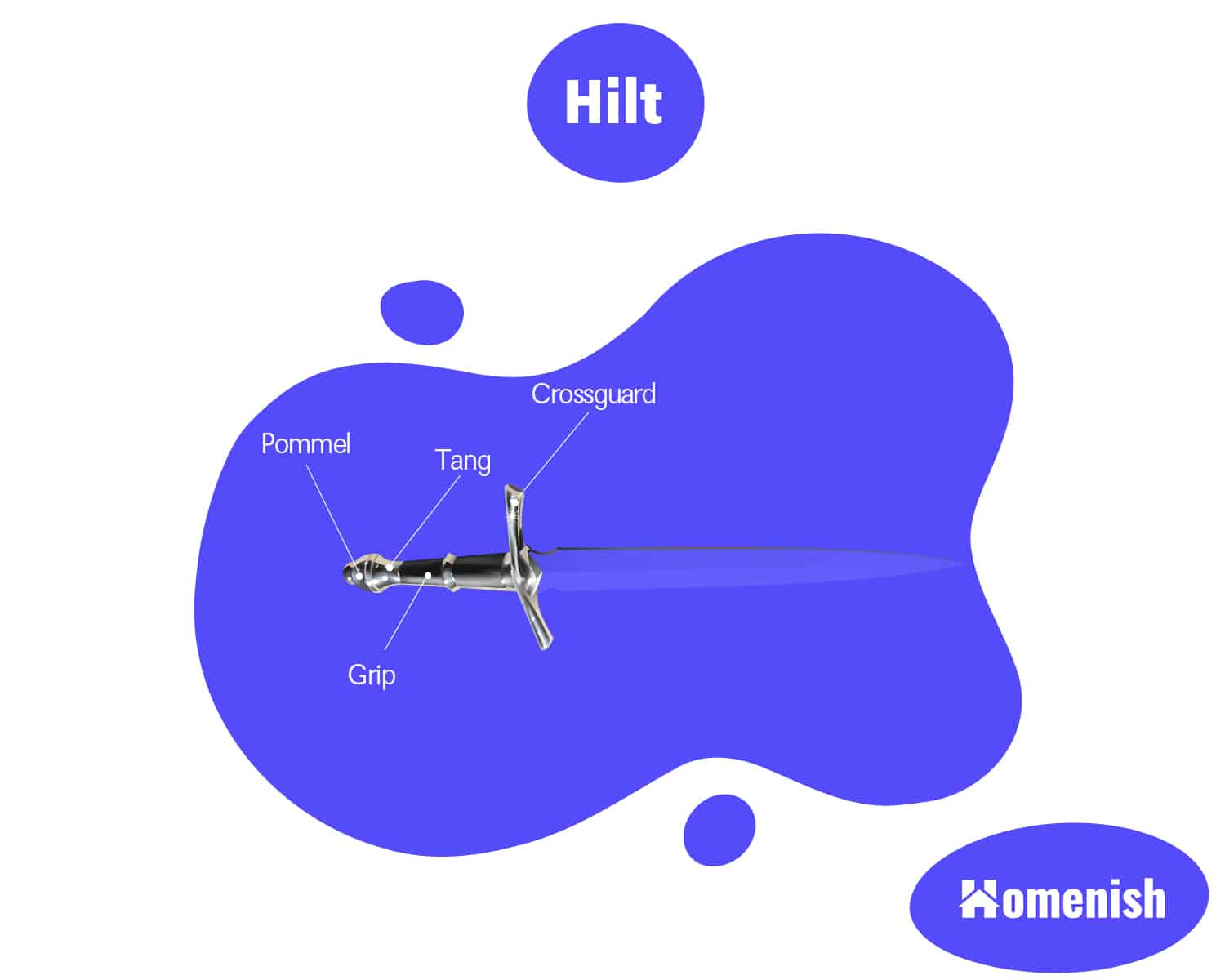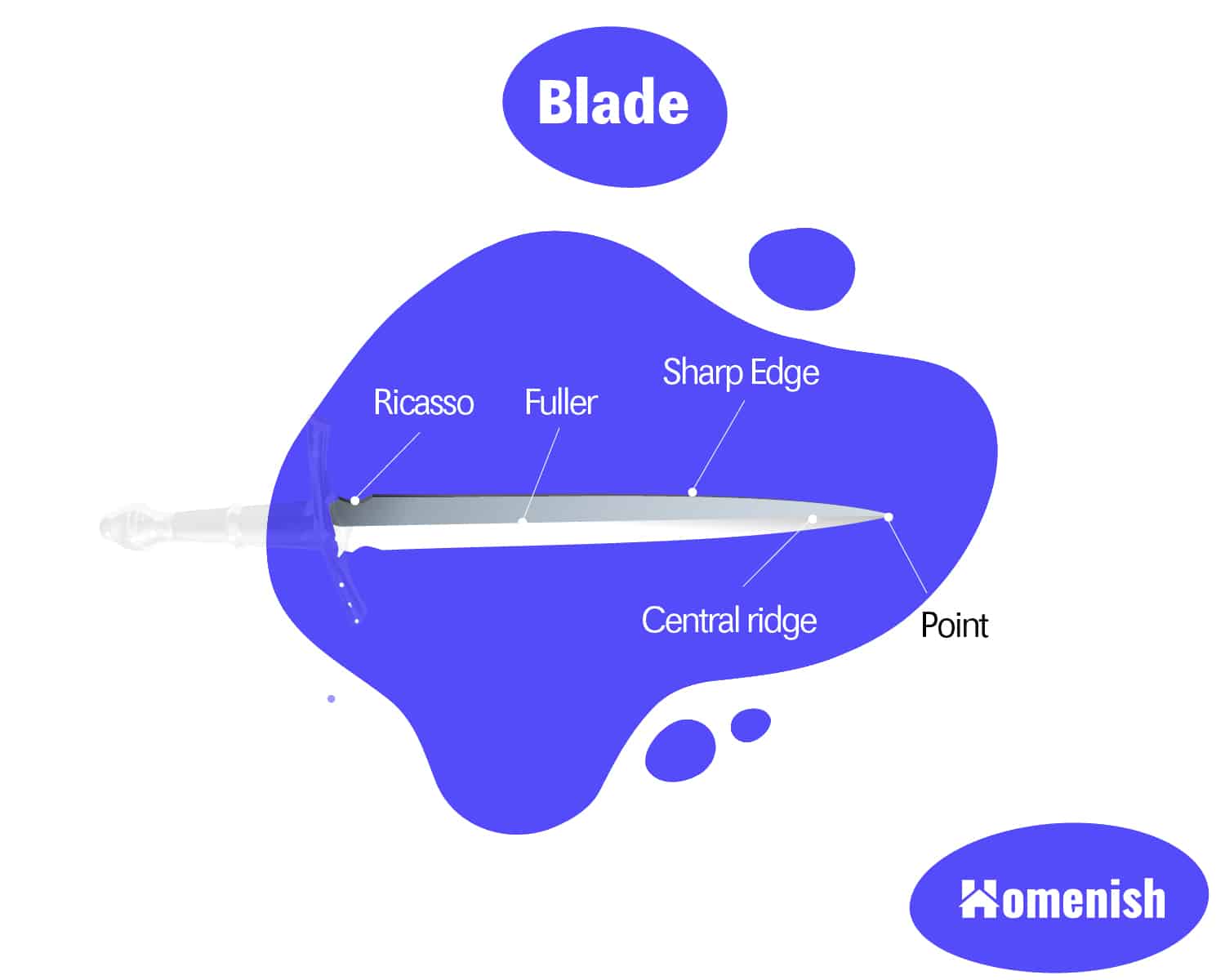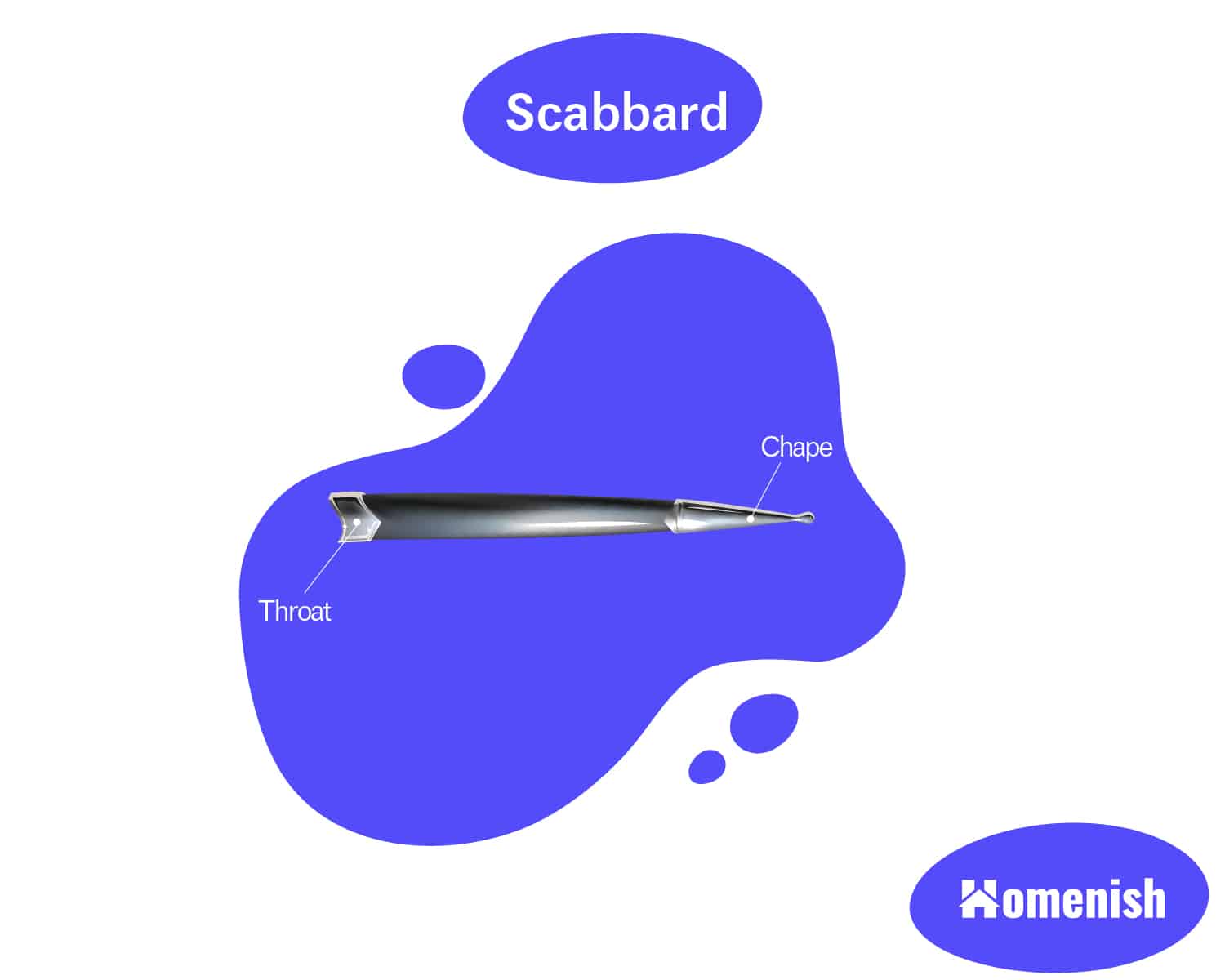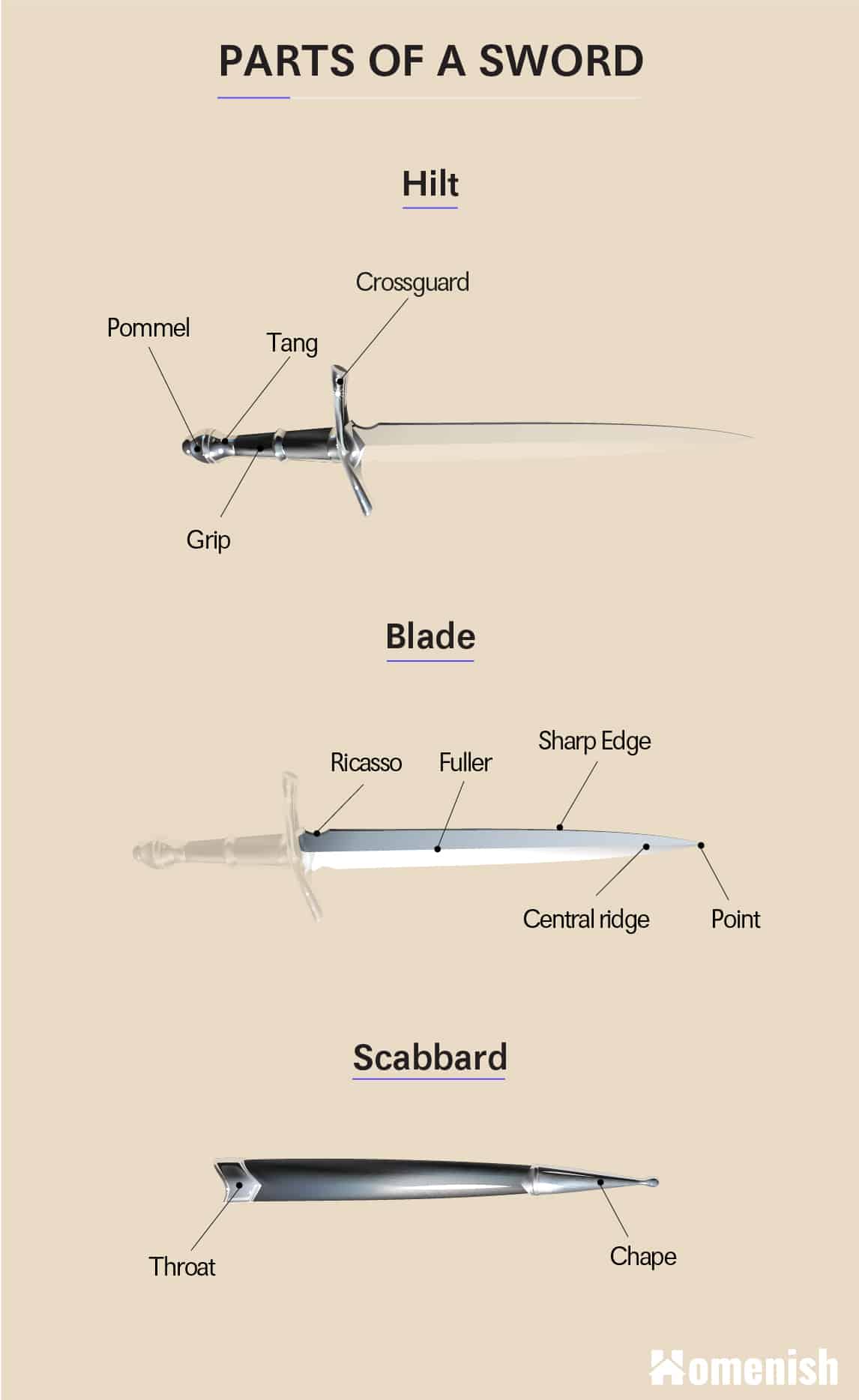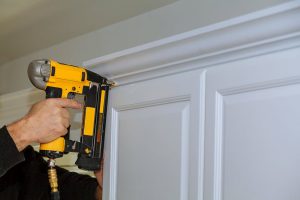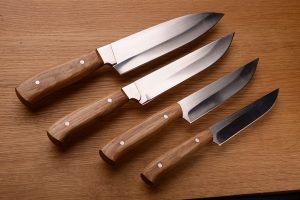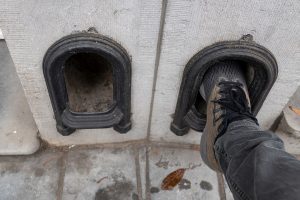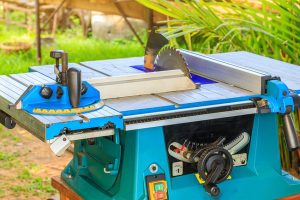No matter which region you are looking at, there are some things that humans always seem to develop independently: currencies, fermented juices, and pointy metal sticks are inseparable from the development of civilization.
Nowadays, we may live in environments that are a bit more developed, to the point that most of us no longer need to keep our swords beneath our pillows. Nevertheless, we are still wired in many ways to look at a sword and feel like we are looking at the epitome of coolness. For classic homes, some antique swords can be used as a type of art, or used as a decorating piece in some interior styles like medieval styles, Japanese style, and more.
Why Should You Learn About the Parts of a Sword?
Just because we now have deadlier weapons available doesn’t mean we have left swords completely behind. Sword fighting and fencing are still valuable skills for historical reenactors and actors. Besides, if you are willing to bring your crafting skills up a notch, then bladesmithing will pose the right kind of challenge for you.
Finally, cosplayers and collectors alike are all often very eager to spend hours discussing the finer details of different sword models and their historical authenticity. If you want to be able to join the discussions on an equal foothold, then you’ll need the vocabulary first.
What Are the Parts of a Sword?
One of the first things to consider when studying swords is that models vary greatly depending on their historical period and even their purpose. Therefore, you will probably find that swords meant for stabbing, such as rapiers, look completely different from slashing tools such as medieval broadswords.
Yet, most swords have three identifiable parts: the hilt, the blade, and the scabbard, in which the sword will be stored and transported. When it comes to individual swords, the devil will be in the details – and in the many parts that make up these three basic sections
The Hilt
To put it simply, the hilt is the part from which you hold a sword. It is also often the only part of the sword that will be visible when the sword is inside its sleeve. Because of this, it is often highly ornate and crafted with a great degree of attention to ergonomics.
The pommel
The pommel is a rounded and heavier section, usually attached to the end of the hilt. Its purpose is to provide a little extra balance to the sword-wielder. This is particularly useful for double-edged slashing swords.
The grip
The grip is usually located immediately below the pommel and usually ends on the crossguard. This is a longer section, meant to provide enough room for all your fingers – after all, this is where you will be gripping the sword from.
Many grips often include etched ridges or are wrapped in ornate wire or leather strips. These will prevent your fingers from slipping.
The crossguard
The crossguard signals the end of the hilt section, as it rests like a long horizontal divider between the hilt and the blade. The crossguard is part of what provides a sword with its characteristic profile. However, its true purpose is to prevent your fingers from sliding into the blade section, where you could potentially cut yourself.
The tang
The final part of a hilt is hidden: the tang is an elongation of the blade itself, and it often belongs to the same piece of metal. In a way, this is the part that connects the hilt to the rest of the sword. In reality, the hilt is built on top of the tang.
The Blade
The blade is the most useful part of a sword – this is what you will be using against your enemies. As we mentioned before, the exact parts of a blade will be determined by the type of sword and its primary purpose (stabbing, slashing, hacking, cutting, fencing). Therefore, most swords won’t have all the parts mentioned here.
The ricasso
Starting from top to bottom, the ricasso is often the top part of a blade. This is a small smooth-edged section located immediately before the crossguard. It is featured mostly on two-handed swords, as it provides extra room for you to grip it whenever you want to use the sword for a blunt movement.
The sharp edge
The sharp edges of a sword are the sides of the blade. These are the parts that have been sharpened, and that can be used for slashing.
The back edge
Some swords will only have one sharp edge. In these cases, the other side of the blade will be the “back edge.”
The fuller
Double-edged swords usually end up with a slim, long groove that runs alongside the blade. It marks the point at which both edges meet. Although not mandatory – after all, there is no reason why one edge’s drop cannot meet the other one’s – a fuller will make the blade feel more balanced. Often, this ridge is deeper on the top section of the sword.
The central ridge
Very ornate swords (especially those inspired in post-17th century models) will sometimes have a very pointy end that joins two fullers in a diamond-like pattern. In these cases, a central ridge will form between the fullers. It will mark the start of the point section.
The point
The point of a sword is not necessarily a pointy end. In many slashing models, the point may be completely rounded off or just shaped like a leaf. Other times, it can be as piercing as a needle.
The Scabbard
The scabbard is a sleeve that helps you transport the sword without accidentally damaging your friends or your clothes. They’re usually made of leather or metal. Depending on the model, your scabbard may have a couple of noteworthy additions.
The chape
This is a small metal plate placed at the “mouth” of a scabbard, right where you would slide the sword in. It helps protect the opening from the sword’s edge.
The throat
The throat is the counterpart of the scabbard. However, instead of protecting the opening, it is meant to protect the end of the scabbard – especially for pointy-end models.
Here is an infographic that illustrates all 3 diagrams of a sword.
To Sum Up
At first glance, a sword is just a sharp metal stick that can be used to attack others. However, everything that humans touch eventually gives way for talented craftsmanship and beauty. This is why swords developed many smaller parts, which make them easier to use or improve their form. You can usually use these parts of a sword to locate its historical period!
